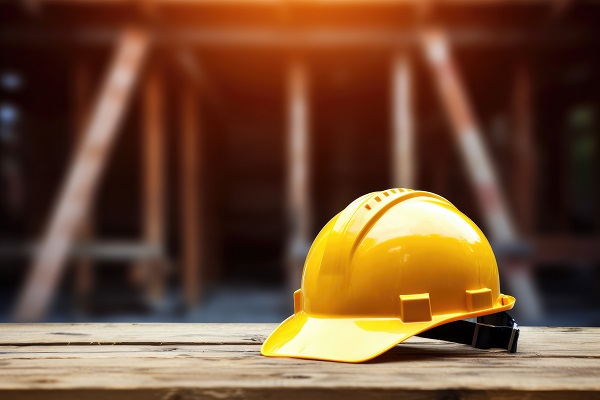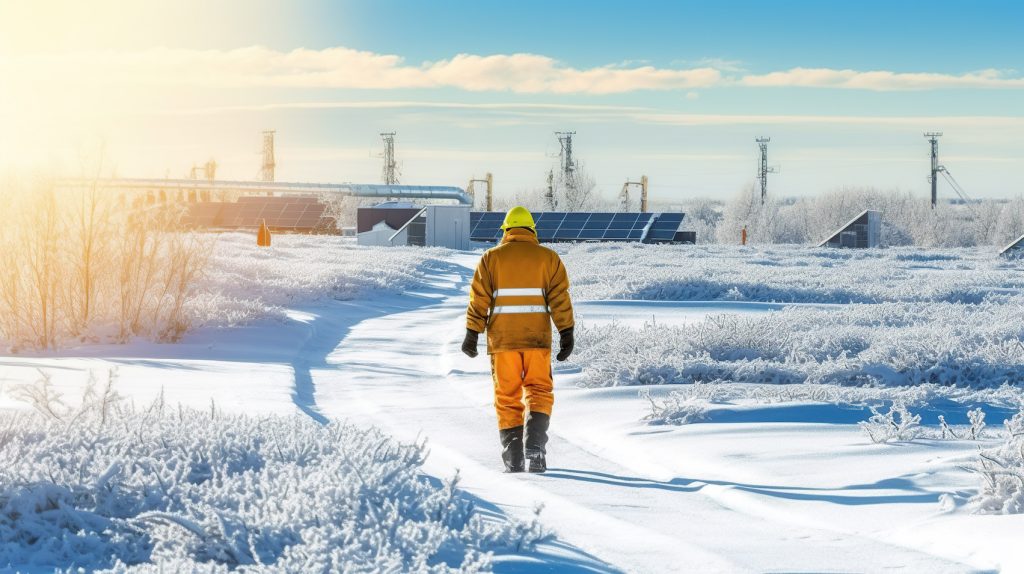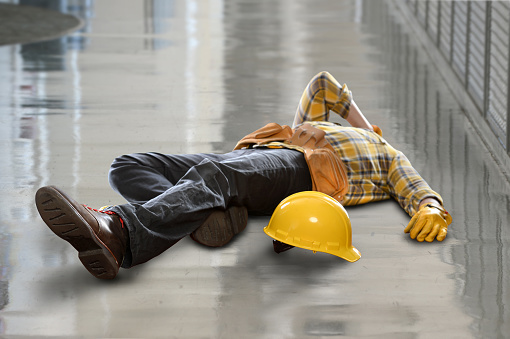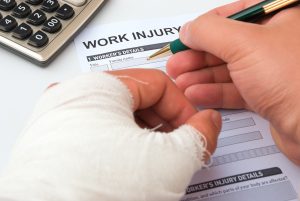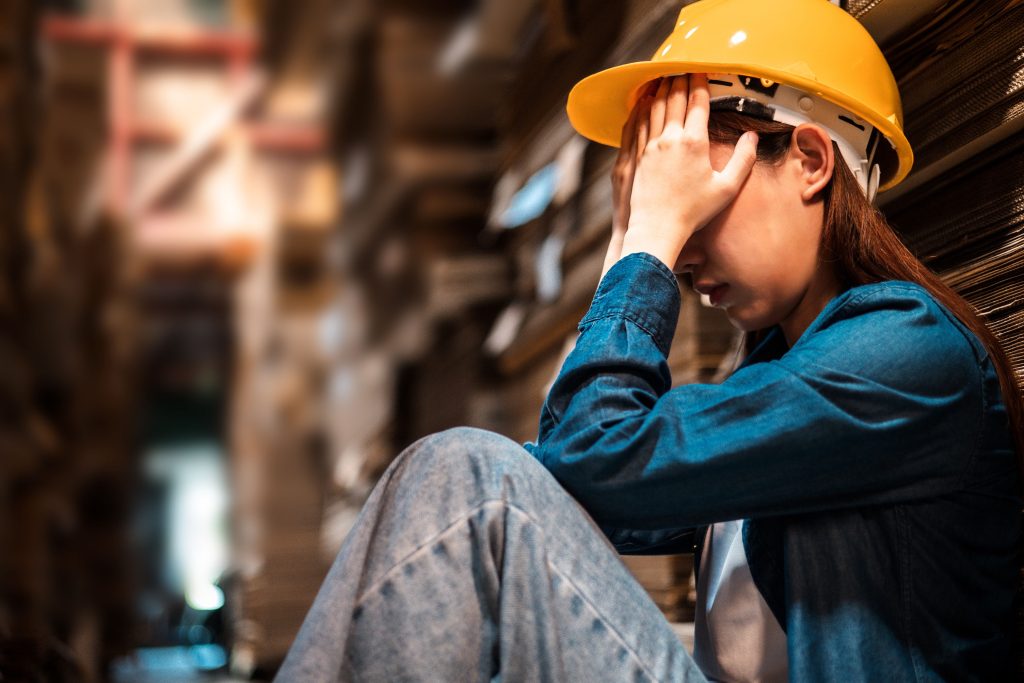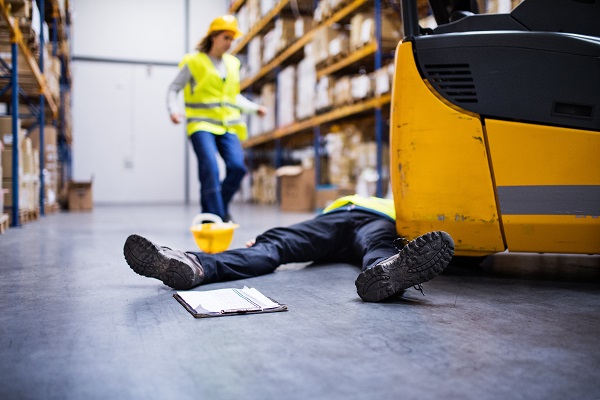BLS Reports Alarming Rise in Workplace Deaths
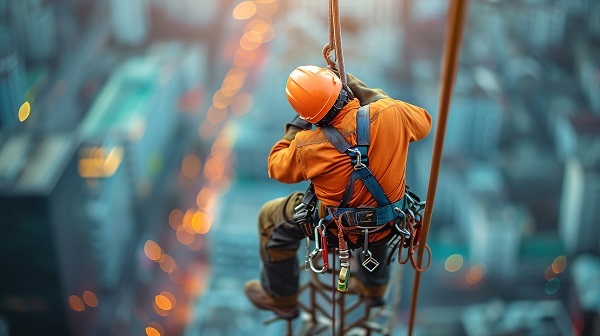
Hazardous work conditions, lack of safety measures, and poor employee training often lead to serious injuries and workers’ compensation claims. However, these factors also lead to an alarming number of preventable workplace deaths.
Recent data from the U.S. Bureau of Labor Statistics (BLS) highlights a growing concern in workplace safety across various sectors. In particular, the report emphasizes the growing number of worker deaths, as well as the frequency and cause of fatalities on the job.
How many work-related fatalities were there in the U.S.?
In 2022, the United States experienced an alarming increase in fatal work injuries, with 5,486 reported cases. This marked a 5.7% rise from the 5,190 workplace deaths in 2021. Additionally, it marked the sixth time over seven years that workplace fatalities surpassed 5,000 deaths, according to the Census of Fatal Occupational Injuries.
One concerning statistic is the frequency of work-related deaths. For example, in 2022, a workplace death occurred every 96 minutes, compared to every 101 minutes in 2021.
Common causes of workplace deaths and occupational risks
Transportation and material moving occupations were hit hardest, with 1,620 fatalities. This accounted for 37.7% of workplace fatalities, making them the leading cause. Most of these deaths were among driver/sales workers and truck drivers. That’s followed by construction and extraction workers with 1,056 deaths, mostly due to falls.
Violence and injuries inflicted by others or animals saw an 11.6% increase to 849 cases, with homicides accounting for 61.7% of these incidents. Unintentional overdoses reached a record high of 525 fatalities, continuing an upward trend since 2012.
Disparities among workplace demographics
Black or African American and Hispanic or Latino workers experienced higher fatality rates than the national average. Transportation incidents were the leading cause. Additionally, foreign-born Hispanic or Latino workers in the construction industry represented a significant portion of fatalities in this demographic.
Workers aged 55 to 64 faced the highest fatality numbers due to transportation incidents and falls. Also, women accounted for a disproportionate number of workplace homicides despite accounting for a smaller percentage of overall workplace fatalities.
Seeking legal help after a fatal work accident
Whether you’re in Massachusetts or Rhode Island, you may be eligible for workers’ compensation death benefits if your loved one died while on the job. Both states offer compensation for burial expenses and dependent benefits.
For dependent benefits, you may receive a portion of the worker’s average weekly wages. The duration and amount of these benefits vary based on your relationship with the deceased worker and your age. Typically, a spouse or minor children are eligible for workers’ compensation death benefits. However, if you’re a grandchild, sibling, parent, or other relative who is financially dependent on the deceased worker, you may be able to pursue death benefits.
To find out what you’re eligible for and how to file a claim, speak to the workers’ compensation lawyers at The Law Offices of Deborah G. Kohl. We can help you explore your options and answer any questions you have during a free consultation. To get started, contact us online or call our law offices in Fall River, Foxborough, or Providence.
Leave a Comment »
